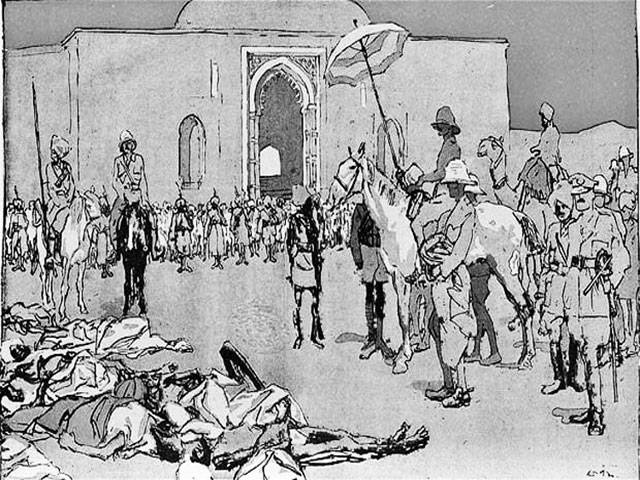“I fired and continued to fire until the crowd dispersed. I consider this is the least amount of firing which would produce the necessary moral and widespread effect.”
–General Dyer
The Jallianwala Bagh Massacre, also known as the Amritsar Massacre occurred on April 13th in 1919, killing 379 demonstrators and injuring 1200. The province of Punjab was always acknowledged for its loyalty towards the British and this province alone contributed half of the Indian army recruits but in 1919, its cities plunged into riots over post-war chagrins such as forced conscription of soldiers and a heavy war tax. People attacked government buildings and people from the Occident. The Imperial Legislative Council of British India had already passed the Rowlatt Act, based on a report by Justice Rowlatt which allowed cases to be tried without juries and enabled incarceration without due process or the right to fair trial i.e. Habeas Corpus.
General Dyer, a military commander barred all public assemblies, but a massive crowd gathered at Jallianwala Bagh. Dyer with fewer troops called on the masses to disperse but it failed to do so. Incessantly touted as a viable option, Dyer ordered troops to surround the park and open fire.
The post-war Britain was liberal and humanitarian in its climate of opinion so the British public outraged at the viciousness involved and Dyer, forsaken and sacked.
It’s considered a seminal event which toughened sentiments against the British rule in India. Through swift retribution, the British conserved their authority. Other factors included, it also prompted a prolonged struggle against British Raj by nationalists for complete independence.






